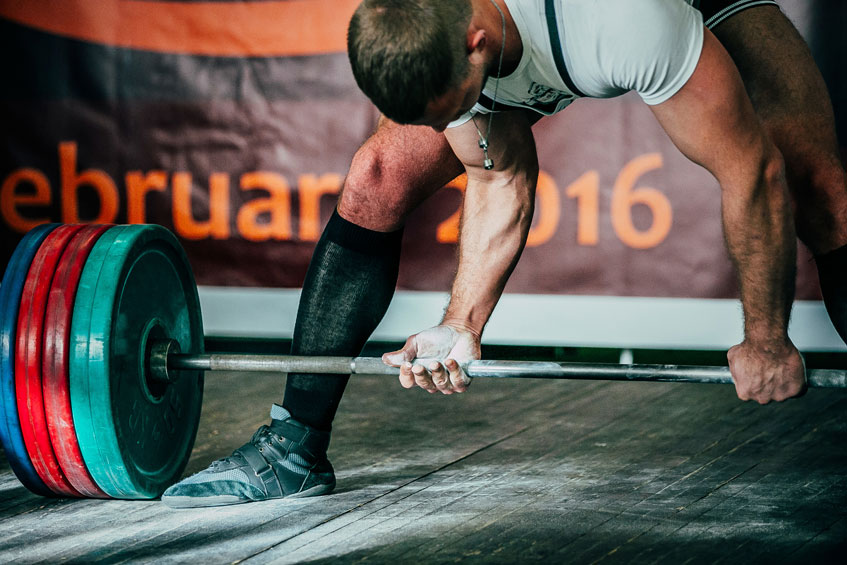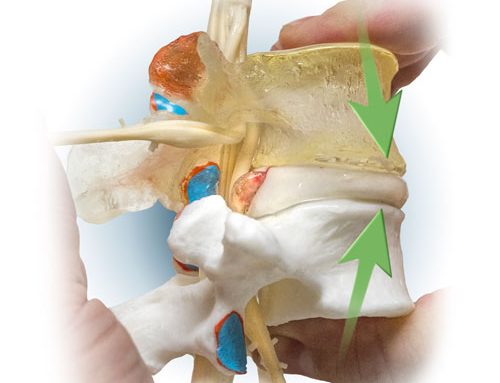Does it come to any surprise that high-level athletes have spine disc degeneration?
I found it quite revealing that a paper in BMJ Open Sport and Excercise Medicine
The goal of the researchers was to evaluate the existence and degree of spinal pathology and construct a better epidemiological perspective of who is more likely to develop spinal degeneration. They looked at those athletes that were evaluated for “injuries” and had undergone MRI to be evaluated at the 2016 Olympic games. 1101 injuries were reported which equated to 8% of the athletes.
Of the one hundred athletes that were imaged, 52 percent showed moderate to severe spinal disease with the highest level of degeneration seen in the aquatic and weightlifting category. Interestingly, European athletes had the highest incidence of degeneration and the athletes over the age of 30 showed the highest level of degeneration.
The researchers concluded that a high number of premiere Olympic athletes demonstrated moderate to severe disc degeneration.
So how do we interpret this data? Is intense sport good for your spine?
The short answer looks like it could be no with new research showing that cyclic overloading speeds up cell death within the cells.
The discs are quite adaptable, however, there is a time when the collapse of a disc can potentially cause encroachment syndromes on the nervous system. Discs might be able to adapt and perform even with severe degeneration but at what expense? It would be interesting to follow these same athletes to see how they are making out 20-30 yrs later.
The ultimate goal is to keep the discs as tall as possible for the during of one’s life. According to this research, it looks like these athletes are prematurely aging their spines.
Be moderate with your movements!
 Copyright secured by Digiprove © 2018 Jerome Fryer
Copyright secured by Digiprove © 2018 Jerome Fryer 







Leave A Comment
You must be logged in to post a comment.